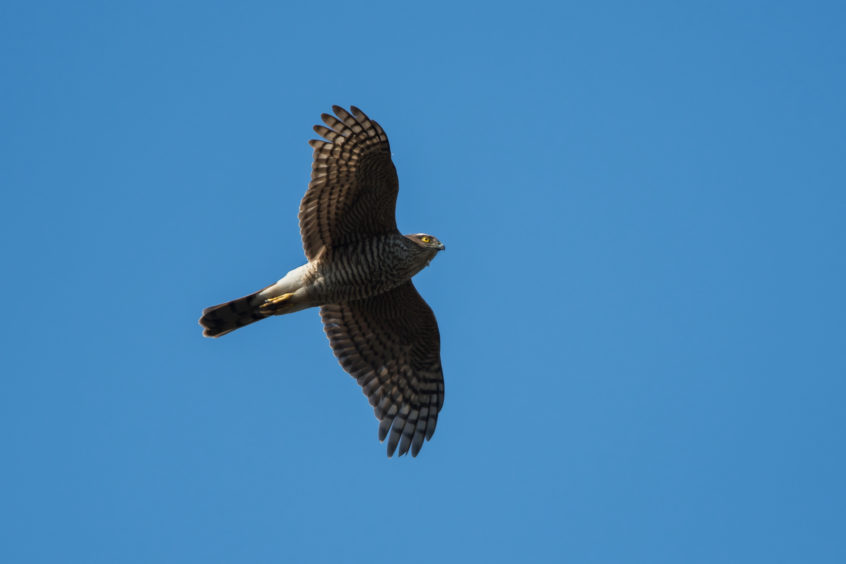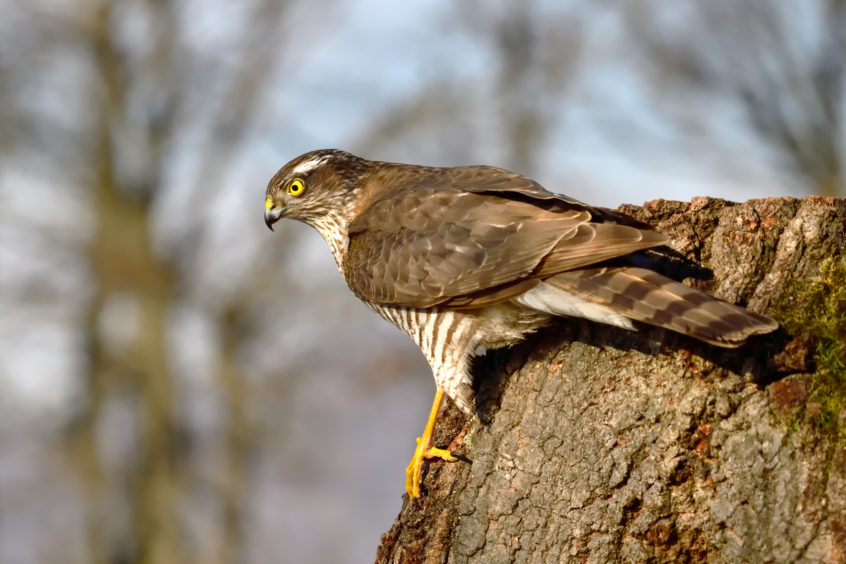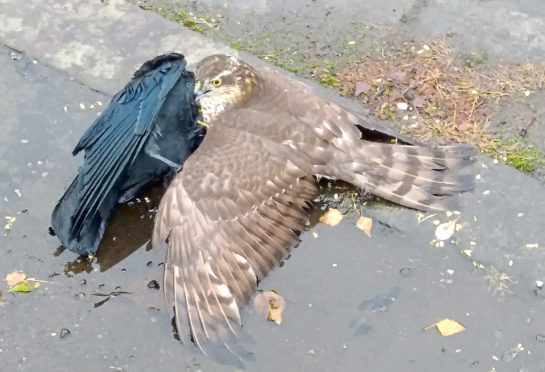There was something going on in the street. I had just been for my flu jag and I was walking back through the smirry mid-afternoon of one of these November days in which daylight had never taken the trouble to show up.
My way led through quiet, deserted streets. Then I turned a corner and suddenly the street was crowded and anything but quiet.
Crows and rooks were gathering above the rooftops, rather a lot of them. I live near two rookeries, so it’s a familiar enough sight and sound, but not right there in that particular street.
Then there were jackdaws and magpies and black-backed gulls and herring gulls and blackbirds and they made a great deal of noise. More birds kept arriving and the noise grew and grew and now the street had my full attention. All of these birds have a range of calls for different circumstances, but the one thing they all have in common is that when they are alarmed about something they all hit full volume.
And what I was hearing was alarm calls, the spectacularly strident discord of hundreds of open throats. They gathered thickly along the rooftops and the garden walls, the bushes and the trees, the lampposts and the gates, and two hordes of birds faced each other across the street. The din was remarkable, and they were seriously upset.

It became apparent that the problem was on the street, specifically around the edge of the pavement I was using and in the gutter. Something animated was on the ground there and crows and rooks kept flying down, bouncing across a few feet of pavement and road, lunging in at whatever it was and them jumping back.
All this was about a hundred yards ahead. I slowed down, moved gently towards the spot. The surprise was that nothing changed. The birds behaved as if I wasn’t there. Normally when I am out for a walk I carry binoculars, but not when I walk into town for a flu jag. So now the fact that I wanted an explanation meant I had to get close, but there was no cover of any kind.
The birds’ behaviour had the hallmarks of the presence of predator, probably a raptor. The choice in that part of town is threefold – sparrowhawk, buzzard and peregrine. The fact that the birds were so animated and present in such numbers suggested that the predator had struck. I kept walking.
I was ten yards away, and nothing changed. But now I could see clearly what had happened.
A young male sparrowhawk, this year’s model, had brought down a blackbird and had it pinned to the ground beneath talons and mantled wings. The blackbird was still very much alive. Its wings threshed. It squealed, pathetic and high-pitched, a sound all but lost amid such symphonic gutturals from the black hordes.

Only as I approached did the crows back-off from lunging at the hawk. The hawk was the only silent, the only motionless creature in sight. I wondered what would happen if I got close. I took out my phone. I got to within a yard. I took two pictures. The hawk looked up at me, dug in deeper with its talons. The blackbird went limp. As I saw it, the hawk’s dilemma was that it had made a quick and efficient kill. Its problem was lifting the bird off the ground for as soon as it tried to fly with its substantial burden, it would be defenceless against hundreds of beaks. My guess was that it would try and eat some of the bird where it was, and put up with the angry hordes. It didn’t need my presence to add to its difficulties. I backed off.
I have a strictly non-interventionist policy in such situations. I don’t get to decide which creatures live and which die. That’s nature’s call. Incidents like this happen all over the country, thousands of times every day and night. The only unusual thing about this one was that it happened in the street.
Ten minutes later I was home. I made coffee, looked at the pictures, thought about it all.
There is to be a debate and vote in the Scottish Parliament tomorrow in which the Scottish Greens will ask the government to declare a nature emergency to halt the decline and the extinction of wildlife species in Scotland. The timing is good. Police Scotland announced last Friday that reported wildlife crimes between April and September almost doubled compared to the same period last year – 203 compared to 111. The same thing happened in England. The common factor was lockdown.
People who think they DO have the right to decide which creatures can live and which must die – mostly land managers, keepers, farmers – took advantage of a lack of witnesses during lockdown. We knew this was happening. Anecdotal evidence was widespread. Now we have the figures. And these are the tip of the iceberg.
A nature emergency? Yes, it’s right here, right now. It’s all around us everywhere, sometimes much closer than you might think.










